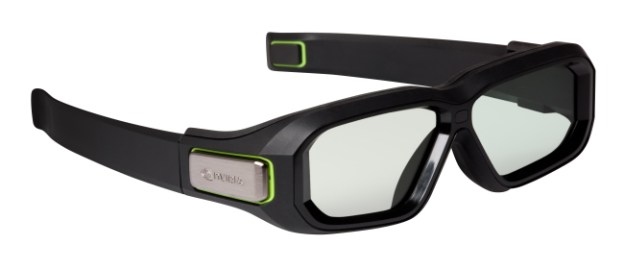
Announced earlier today, Nvidia revealed the second generation of its 3D Vision wireless glasses kit. Compared to the previous model, the 3D Vision 2 glasses have 20 percent large lenses allowing for a wider viewing area. In addition, the new version of the glasses offer a higher color fidelity due to a more efficient design when it comes to blocking out external light. The previous version was designed from hard, black plastic that would dig into the side of a user’s head leaving indentations. The new version has been designed out of a much softer composite material and should end up being more comfortable for users. The new version of the 3D glasses are also backwards compatible and will work with previous content.

Announced hardware that will be supporting the 3D Vision 2 glasses include the ASUS 27-inch VG278H 1080p monitor, Toshiba Qosmio X770 and 775 as well as the Toshiba Satellite P770 and P775. While the 27-inch Asus monitor comes with the 3D Vision 2 glasses for a hefty retail price of $699, consumers can purchase the glasses kit later this month with a wireless USB IR emitter for $149. The glasses can also be purchased separately for $99 through the Nvidia site or other authorized retailers.
Editors' Recommendations
- Nvidia turns simple text prompts into game-ready 3D models
- Acer launches eye-popping displays with built-in 3D tech


